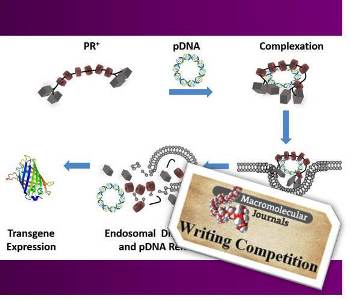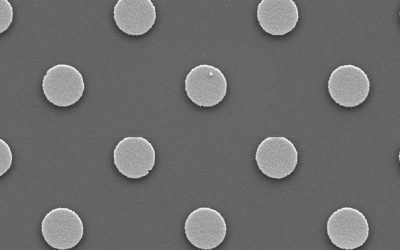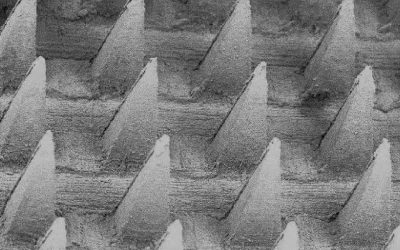by Julio Manuel Rios De La Rosa (University of Manchester)
In recent years, the utilisation of materials based on the sugar molecule cyclodextrin (CD) has remained one of the most promising strategies for non-viral nucleic acid delivery. However, poor performance of these materials in early-phase clinical trials has been attributed to premature disassembly from the nucleic acid molecule in the kidneys, where the local concentration of negatively charged proteoglycans (e.g. heparin sulphate) is high.  As a consequence, new approaches to solve the stability issues in vivo of CD-containing materials are sought out in view of future treatments.
As a consequence, new approaches to solve the stability issues in vivo of CD-containing materials are sought out in view of future treatments.
The group of David H. Thompson and co-workers (Bindley Bioscience Center, Indiana) has developed a new strategy based on the use of cationic polyrotaxanes (PR+). Polyrotaxanes are supramolecular structures obtained simply by incorporating macrocyclic molecules into a polymer core, recreating “wheels” that can be placed onto an “axle”. In this case, a number of 2-hydroxypropyl-β-cyclodextrin (HPCD) molecules have been cleverly threaded onto block copolymer cores of the surfactant Pluronic so the lateral and rotational motility of the cationic HPCD molecules along the Pluronic axis enhances complexation with negatively-charged DNA molecules.
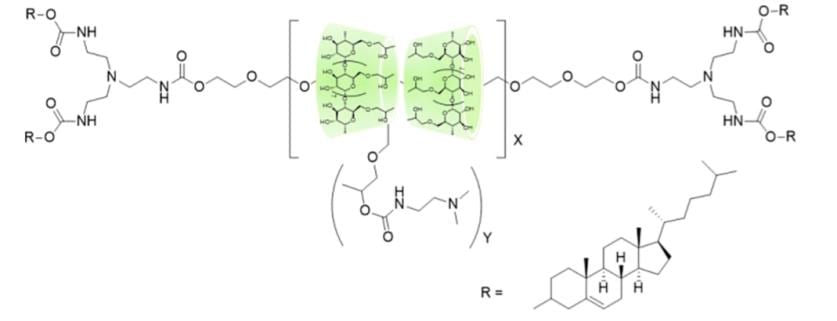
It is worth noting that Pluronic chains are endcapped with bulky molecules in order to avoid dethreading, which again would compromise stability and release of the precious therapeutic cargo. The authors claim that HPCD:Pluronic PR+ carriers show improved colloidal stability after DNA complexation even in the presence of heparin, which should be further translated into improved biological performance in the human body scenario. Therefore, these CD-based materials hold promise for improved stability in vivo and more effective and efficient therapies.
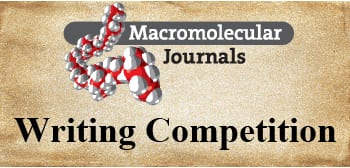 We would like to thank all participants in the Macromolecular Journals Writing Competition.
We would like to thank all participants in the Macromolecular Journals Writing Competition.
The best contributions are now featured on MaterialsViews and will go into the draw for the iPad mini. The winner will be drawn at the Macromolecular Colloquium, February 2016 in Freiburg and will be informed by email.
We hope you enjoy reading the news articles from our young talents.

